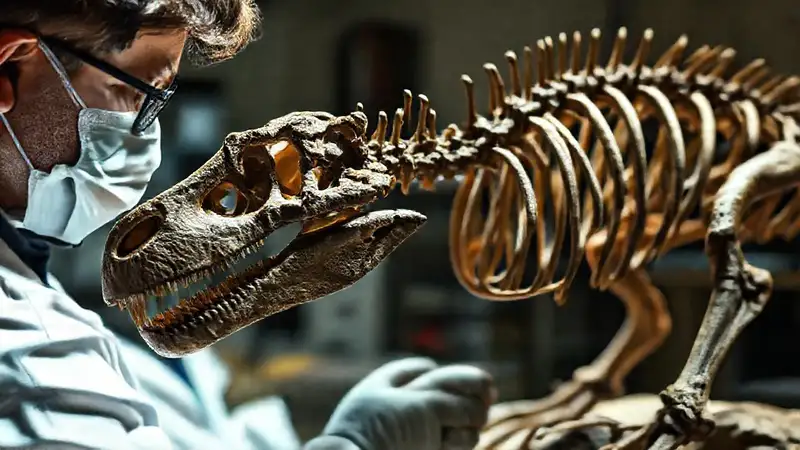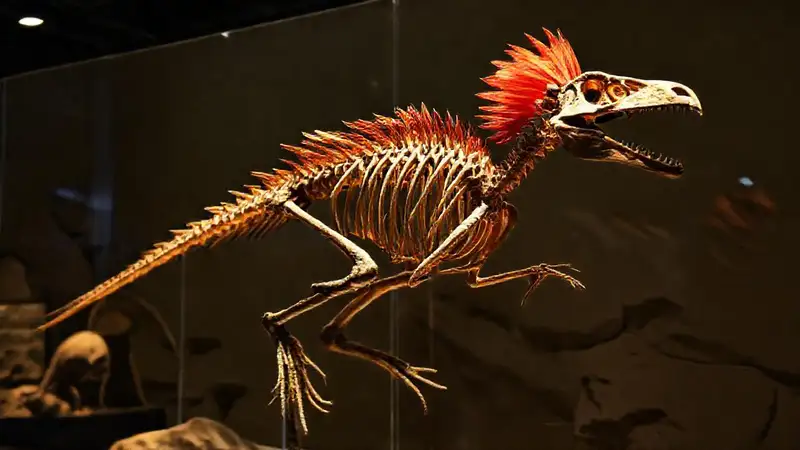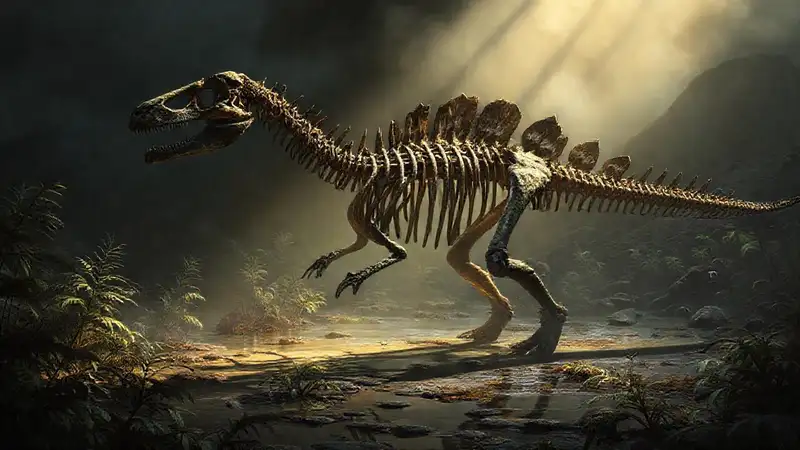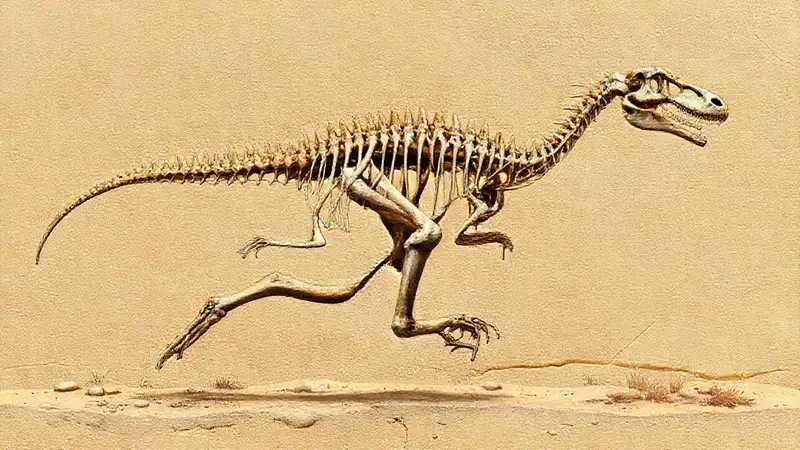Ornithomimus is a remarkable ornithomimosaur, a type of theropod dinosaur from the Late Cretaceous period of North America. Its skeletal structure, particularly its slender build and long legs, immediately suggested a highly mobile and likely fast-running creature. Paleontologists have long debated the precise running capabilities of this dinosaur, analyzing its bones and comparing it to modern animals like ostriches and emus to attempt to reconstruct its movement. However, the extent to which Ornithomimus relied on specialized anatomical features – specifically tendons – to achieve its hypothesized velocity remains a topic of ongoing research and speculation. Understanding the biomechanics of this dinosaur is crucial to accurately portraying its lifestyle and ecological role.
The fossil record of Ornithomimus is incomplete, which naturally limits the amount of detailed information we can extract. Furthermore, interpreting fossilized bone structure to infer soft tissue – like tendons – is an inherently complex and often debated process. Despite these challenges, advances in biomechanical modeling and comparative anatomy have provided tantalizing hints, leading scientists to explore the possibility of unique tendon arrangements designed to enhance running performance. Unraveling these details will paint a much richer picture of this iconic dinosaur.
Bone Structure and Limb Proportions
Ornithomimus’s skeleton exhibits several features strongly associated with running. The most striking are its incredibly long and slender limbs, proportionally longer than those of many other dinosaurs. These elongated limbs, coupled with its relatively small arms and head, represent a clear adaptation for swift locomotion. The bones themselves, particularly the femur and tibia, show a delicate, almost hollow construction – similar to that found in modern birds and ostriches, suggesting a lightweight structure was essential for minimizing energy expenditure during running. However, simply having long limbs isn't enough; the structural integrity of those limbs – and the distribution of stress – needs to be carefully considered.
The ratio of limb length to body length in Ornithomimus is significantly higher than in many other dinosaurs of similar size. This extreme elongation of the lower limbs is a defining characteristic, pointing to a primary mode of movement optimized for speed. Furthermore, the pneumatic bones—hollow, air-filled bones—further contribute to the reduced mass, contributing to the creature’s potential for rapid acceleration and sustained speed. The delicate nature of these bones implies a trade-off between lightness and structural strength, posing a significant challenge for paleontologists trying to accurately estimate its running capabilities.
Tendon Placement and Evidence
Direct fossil evidence of Ornithomimus tendons is, of course, scarce. However, paleontologists have examined the position of muscle attachment points on the limb bones and inferred the probable location and arrangement of tendons based on these observations and comparisons with modern animals. Studies suggest that a prominent Achilles tendon – analogous to those found in birds and lizards – would have been present, extending along the length of the tibia and fibula. This would have been vital for transmitting power from the leg muscles to the foot during propulsion.
Research using finite element analysis (FEA) on simulated Ornithomimus skeletons has modeled the stresses experienced during running. These models frequently highlight the importance of a well-developed Achilles tendon for distributing forces and minimizing strain on the lower limb bones. While fossilized evidence is limited, the consistent findings from biomechanical simulations strongly suggest that Ornithomimus did possess a robust and effectively positioned Achilles tendon – a key component of its hypothesized speed.
Supporting Evidence from Other Dinosaurs

Comparing Ornithomimus to other fast-running dinosaurs, such as Gallimimus and Struthiomimus, reveals interesting patterns and provides support for the hypothesis of specialized tendons. All three dinosaurs share a similar overall body plan – long legs, relatively small arms, and a lightweight skeleton. Furthermore, anatomical comparisons indicate that they likely possessed analogous Achilles tendons, though the exact size and complexity may have varied between species.
Analyzing the musculature of these dinosaurs also offers clues. Ornithomimus, like its relatives, had powerful leg muscles capable of generating significant force. Combined with a well-developed Achilles tendon, this muscular power would have translated into exceptional running speeds. The study of muscle attachment points and the distribution of muscle fibers provides further validation for the importance of tendon function in maximizing locomotion.
Biomechanical Modeling and Simulations
Modern computational modeling techniques are playing a crucial role in understanding the biomechanics of Ornithomimus. Researchers create three-dimensional models of the dinosaur's skeleton and simulate its movements under different conditions. These simulations can assess the stresses experienced by the bones, the forces generated by the muscles, and the effectiveness of tendon arrangements.
FEA allows scientists to test various hypotheses about the tendon placement and function, providing insights that wouldn’t be possible through traditional anatomical analysis alone. By varying parameters such as tendon stiffness and muscle force, researchers can predict the running speed and efficiency of Ornithomimus. These simulations often reveal that even small changes in tendon design can have a significant impact on the dinosaur’s locomotion.
Conclusion
Ornithomimus undoubtedly possessed a skeletal structure fundamentally adapted for running, with exceptionally long and lightweight limbs. While direct fossil evidence of tendons remains elusive, a strong body of evidence from muscle attachment points, biomechanical modeling, and comparisons with related dinosaurs suggests the presence of a robust Achilles tendon – vital for transferring power and minimizing stress.
Ultimately, understanding the role of specialized tendons in Ornithomimus's locomotion represents a fascinating and challenging area of paleontological research. Continued advancements in analytical techniques and a more complete fossil record promise to shed further light on this iconic dinosaur’s remarkable speed and evolutionary success.





Deja una respuesta